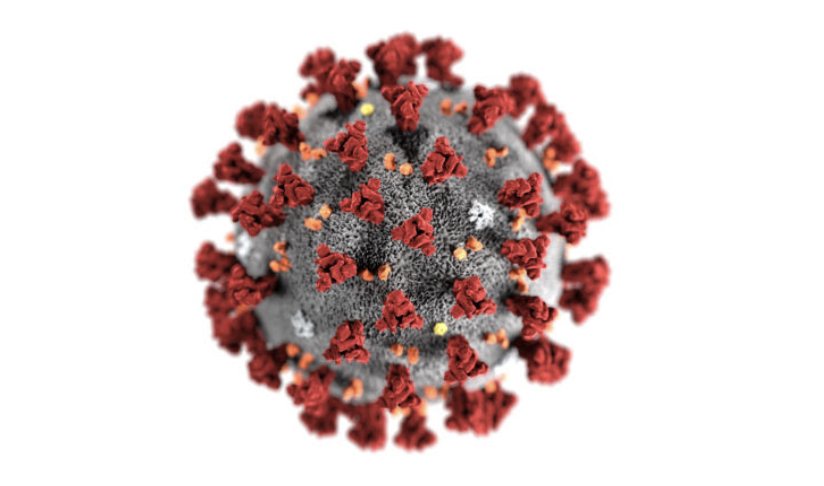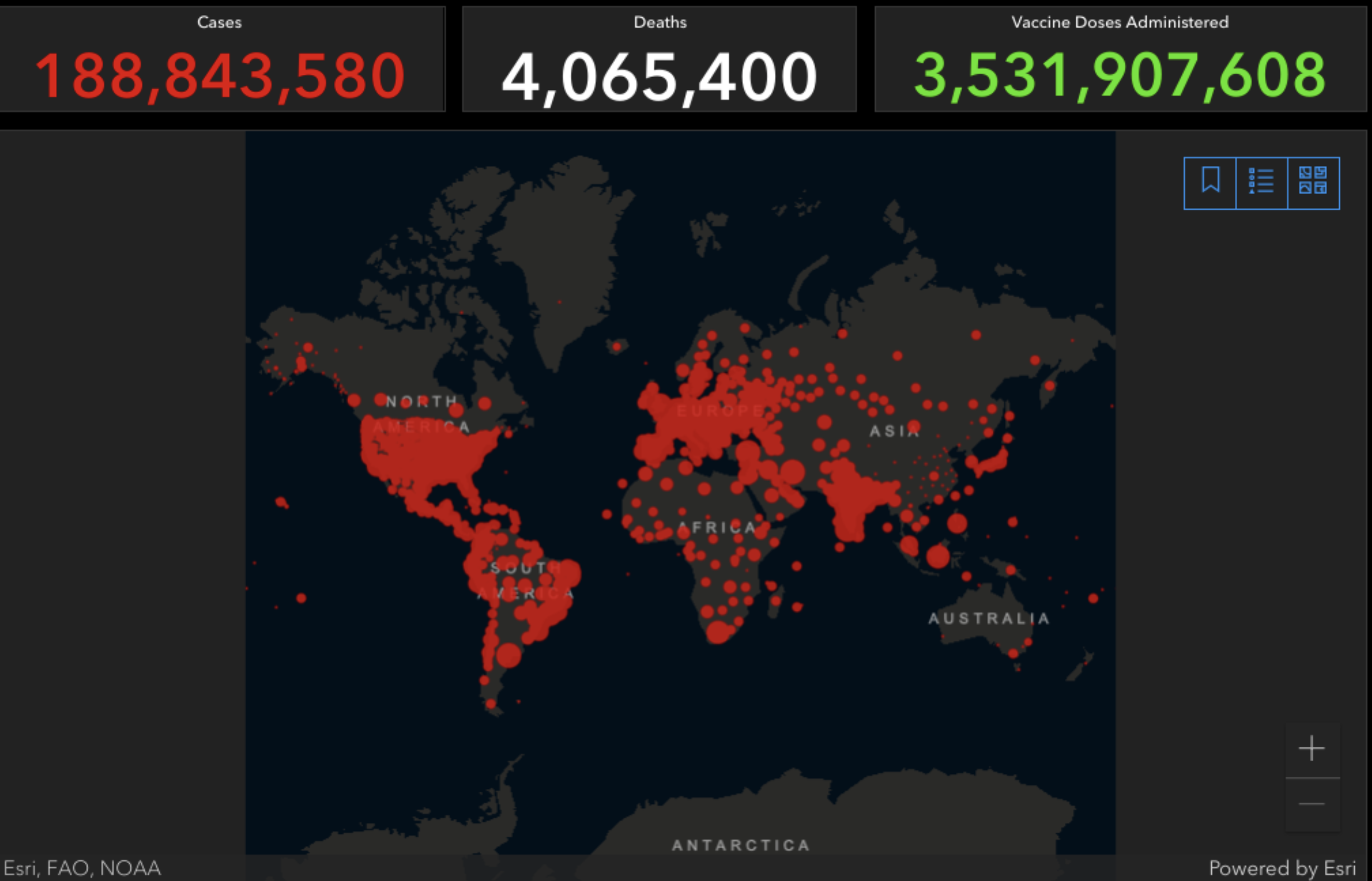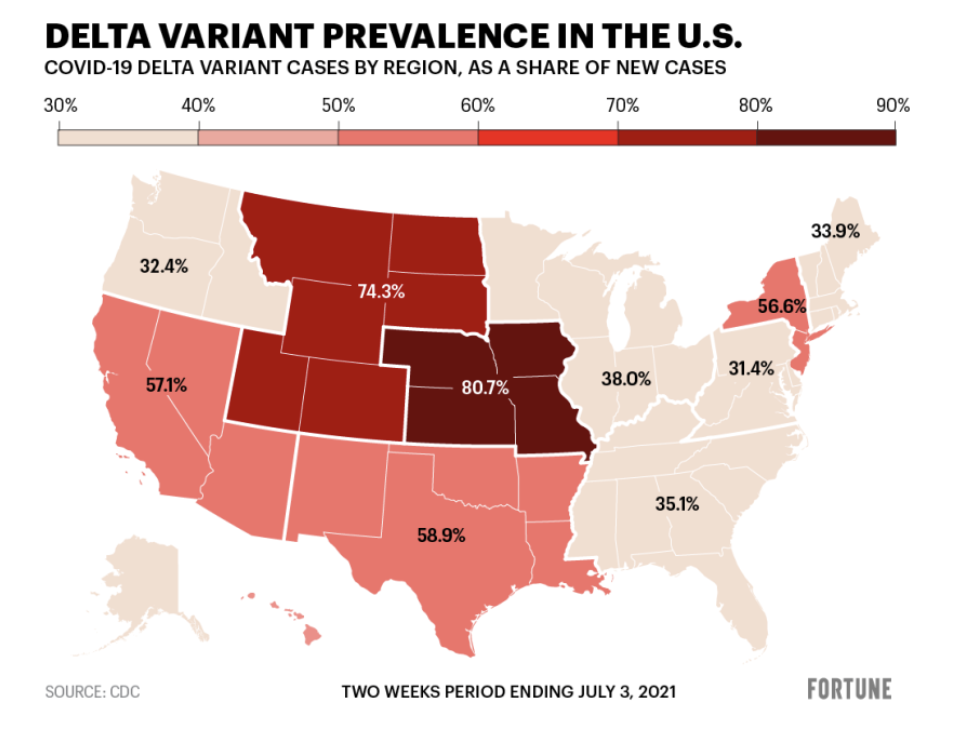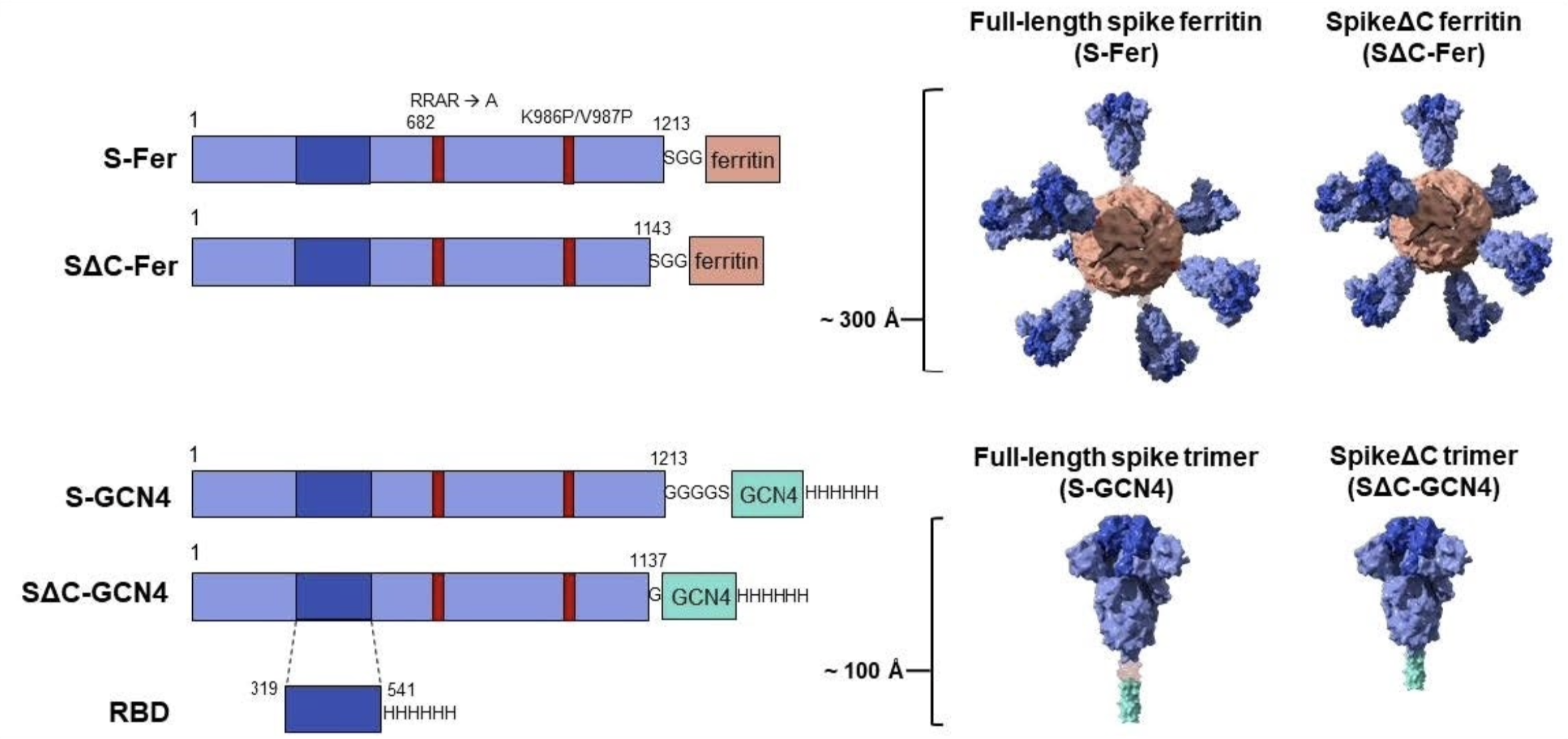
Image 1: 2019 novel coronavirus (COVID-19) (8)
We all are aware of the nefarious villain that has become the main antagonist of humanity: COVID-19 (also known as SARS-CoV-2). Taking the world by storm with its infamous reputation, this virus has propagated and mutated in rates never seen before, thus being the perfect agent to create a pandemic. In 2009, we were able to experience a fraction of what would be our current situation through the H1N1 (Swine Flu) Pandemic (1). This virus has created a full-blown contagion that keeps scientists wondering: How?
If you’re a teenager, you’ve probably played a game called Plague Inc., in which the goal is to create a pandemic using an infectious agent of your choice. The key to this game is to mutate it to create a balance between infectivity, severity, and resistance. Following that step, you have the perfect recipe to develop a pandemic, and surprisingly, this happened in real life with a virus.
You may be asking yourself: What does this have to do with the title or COVID-19? The answer is simple: COVID-19, though being bad news with over 188 million cases and over 4 million deaths (2), at the same time, shone the light upon a lack of effective, universal vaccines for many viruses. According to the National Institute of Allergy and Infectious Diseases (NIAID), universal vaccines are defined as one “that provides robust, long-lasting protection against multiple subtypes of the virus, rather than a select few.” (3) The numbers are steadily increasing and now more than ever we need to develop vaccines that are able to cover all or the great majority of current and future strains.

Image 2: Johns Hopkins University’s COVID-19 Tracking Map on July 15th (2)
A recent example is the Delta variant of COVID-19. This strain was first identified in India in December 2020 (4). Since then, the Delta variant has been dominant in countries like the United States, comprising more than 50% of their cases (5). It’s catalogued as a “variant of concern” since it has a mutation on its spike proteins that makes people more contagious. Adding on to that, there’s a subvariant from the Delta strain known as the Delta Plus variant, which “has a mutation that allows the virus to better attack lung cells and potentially escape vaccines.” (4)

Image 3: Map of Delta variant prevalence in the U.S. (9)
When a virus mutates, there’s a possibility that a more severe and novel strain develops, such as the most recent case mentioned with COVID-19. The issue commonly found with current vaccines that attack this class of infectious agents is the lack of protection against many of their variants. For example, the best influenza vaccine found on the market is known as being quadrivalent. The quadrivalent influenza vaccine (11) protects against 4 strains of the virus: 2 subtypes of influenza A and 2 subtypes of influenza B. It only fends off 4 variants out of the more than 144 that exist (12). This problem that causes a certain level of ineffectiveness is starting to be seen in the new COVID-19 vaccines, having now a variant present that may not be covered by them.
It can be concluded that the danger of variants like the Delta is a reality, and our most promising solution to attack this threat is to develop universal vaccines. Currently, research is being done to create a pan-coronavirus vaccine (6) and recently, the National Institutes of Health (NIH) launched clinical trials of a universal influenza vaccine candidate (7). Several techniques for the flu vaccine are being evaluated, including the usage of a protein called ferritin which can self-assemble into nano-particles and elicit antibodies (3). Similarly, the universal vaccine for COVID-19 uses specific parts of its spike to attach to the ferritin. According to the investigation’s leader Dr. Kayvon Modjarrad, their animal studies have shown that the immune response that their vaccine induces is active against all the variants, as well as other coronaviruses like SARS-CoV-1. (6)

Image 4: Construct design for SARS-CoV-2 spike-functionalized ferritin nanoparticles (10)
While the COVID-19 pandemic has had multiple negative effects, it did serve as a wake up call to the world and opened our eyes to what we’re facing. Due to this crisis, several universal vaccines are now in the works and they have the potential to save millions of lives. The harbinger of doom resulted to be a herald of a better future– one in which pandemics may be prevented.
References:
- Centers for Disease Control and Prevention (CDC). (2019, June 11). 2009 H1N1 Pandemic (H1N1pdm09 virus). CDC. Retrieved July 13, 2021, from https://www.cdc.gov/flu/pandemic-resources/2009-h1n1-pandemic.html
- Johns Hopkins University. (2020). COVID-19 Dashboard. Coronavirus Resource Center. Retrieved July 15, 2021, from https://coronavirus.jhu.edu/map.html
- National Institutes of Health & National Institute of Allergy and Infectious Diseases. (2019, September 5). Universal Influenza Vaccine Research. NIAID-NIH. Retrieved July 13, 2021, from https://www.niaid.nih.gov/diseases-conditions/universal-influenza-vaccine-research
- Cryst, C. (2021, July 12). What You Need to Know About the Delta Variant. WebMD. Retrieved July 14, 2021, from https://www.webmd.com/lung/news/20210712/what-to-know-about-covid-delta-variant
- Radcliffe, S., & Cassell, D. K. (2021, July 9). Delta Variant Went From Causing 10% to Over 50% of COVID-19 Cases: What Happens Now. Healthline. Retrieved July 14, 2021, from https://www.healthline.com/health-news/delta-variant-went-from-causing-10-to-over-50-of-covid-19-cases-what-happens-now
- Mullin, E. (2021, June 9). A 'Universal' Coronavirus Vaccine to Prevent the Next Pandemic. Scientific American. Retrieved July 15, 2021, from https://www.scientificamerican.com/podcast/episode/a-universal-coronavirus-vaccine-to-prevent-the-next-pandemic1/
- National Institutes of Health (NIH). (2021, June 1). NIH launches clinical trial of universal influenza vaccine candidate. NIH. Retrieved July 15, 2021, from https://www.nih.gov/news-events/news-releases/nih-launches-clinical-trial-universal-influenza-vaccine-candidate
- Joseph, A. (2020, February 11). Disease caused by the novel coronavirus officially has a name: Covid-19. STAT. Retrieved July 13, 2021, from https://www.statnews.com/2020/02/11/disease-caused-by-the-novel-coronavirus-has-name-covid-19/
- Fry, E., & Rapp, N. (2021, July 7). The Delta variant is now dominant in the U.S. See the states where it’s most prevalent. Fortune. Retrieved July 14, 2021, from https://fortune.com/2021/07/07/the-delta-variant-is-now-dominant-in-the-u-s-see-the-states-where-its-most-prevalent/
- Thomas, L. (2020, September 1). Spike ferritin nanoparticles show potential as SARS-CoV-2 vaccine. News-Medical. Retrieved July 15, 2021, from https://www.news-medical.net/news/20200901/Spike-ferritin-nanoparticles-show-potential-as-SARS-CoV-2-vaccine.aspx
- Centers for Disease Control and Prevention (CDC). (2021, May 6). Quadrivalent Influenza Vaccine. Influenza (Flu). Retrieved July 27, 2021, from https://www.cdc.gov/flu/prevent/quadrivalent.htm
- SinoBiological. (2021). Influenza Hemagglutinin (HA) subtypes and Flu Virus Strains. SinoBiological. Retrieved July 27, 2021, from https://www.sinobiological.com/research/virus/influenza-hemagglutinin-subtypes
